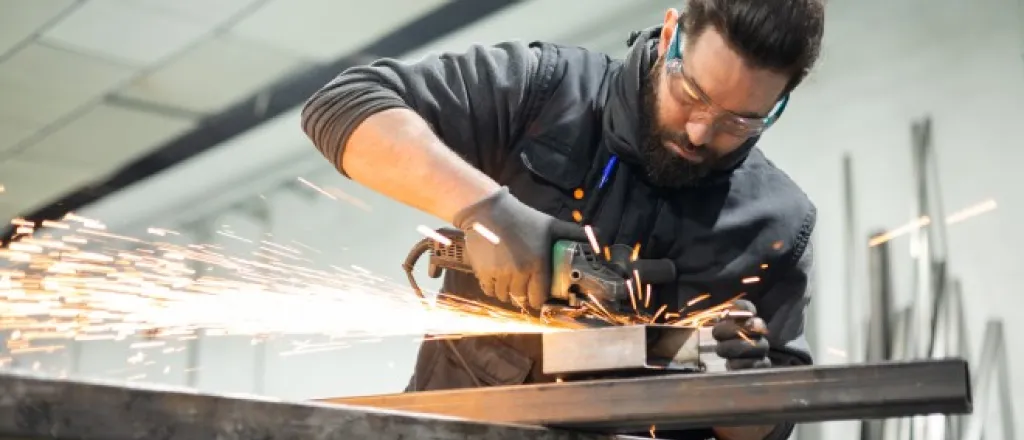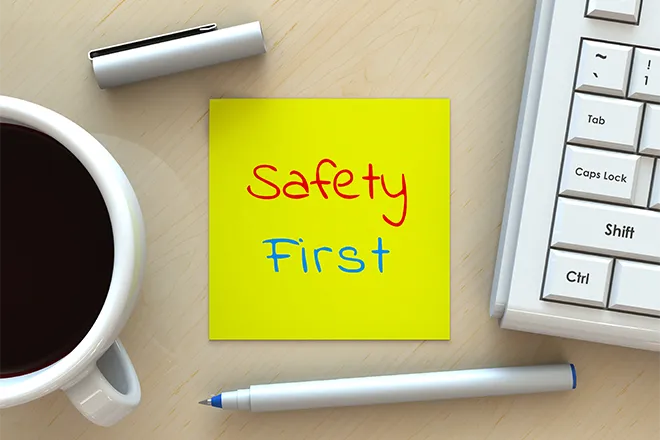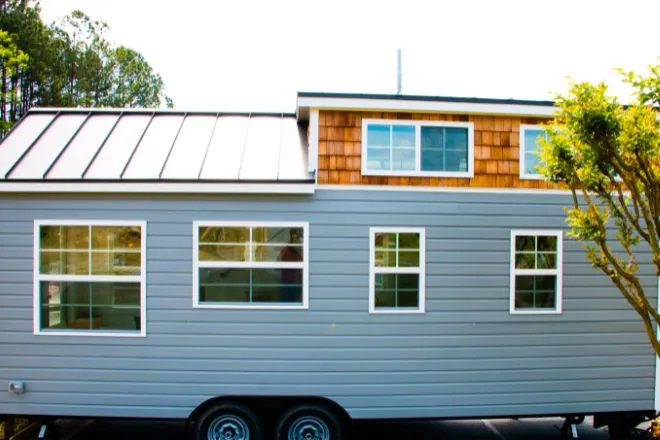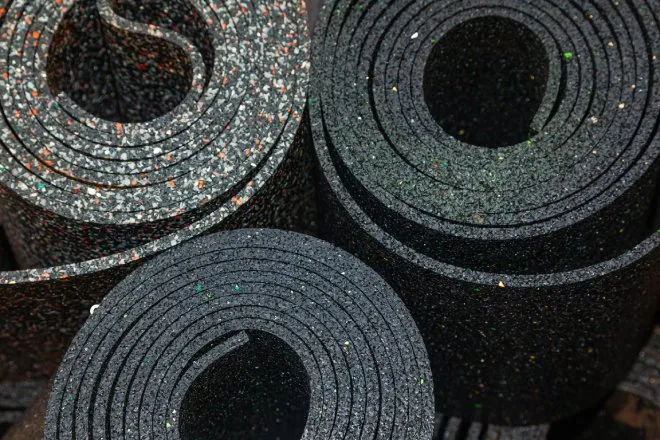
Safety tips when operating a glass grinder machine
©
Operating a glass grinder machine is an incredibly rewarding experience, whether you’re an artisan, a glass crafter, or a DIY enthusiast. However, this rewarding activity comes with its own set of risks if you don’t adhere to proper safety measures. This blog aims to provide you with essential safety tips when operating a glass grinder machine to ensure project safety and efficiency.
Why Safety Matters When Using a Glass Grinder
Using a glass grinder machine without taking the necessary safety precautions can lead to severe accidents and injuries. Glass grinding involves working with sharp objects and powerful machinery, which can be hazardous. Understanding the importance of safety is the first step toward accident prevention and ensuring a smooth crafting experience.
Understanding Glass Grinder Basics
Knowing the fundamental components and operation of a glass grinder machine is crucial for safe usage. Typically, a glass grinder machine consists of a motor, a grinding head, and a water reservoir. The motor powers the grinding head, which, in turn, shapes and smooths the glass.
The water reservoir cools down the glass and grinding head, which reduces the risk of overheating and minimizes dust. By familiarizing yourself with these components, you can better understand how to handle the machine correctly and avoid potential hazards.
Essential Safety Measures for Glass Grinding
When working with a glass grinder machine, wearing protective gear is non-negotiable. Safety goggles will shield your eyes from glass shards, while gloves will protect your hands from cuts and abrasions. Make sure to wear a dust mask to prevent inhaling glass dust, which is harmful to your respiratory system.
Make sure your workspace is clutter-free. A tidy workspace reduces the risk of accidents caused by tripping or knocking over equipment. Regular machine maintenance is also essential for safe operation. Clean the grinder head and water reservoir frequently to ensure optimal performance and reduce the risk of malfunction.
Different Styles of Glass Grinding
Understanding the styles of glass grinding can significantly impact your safety measures. There are several styles, including straight-line grinding, beveling, and shaping. Each style has specific safety considerations.
For instance, straight-line grinding requires a steady hand and consistent pressure to avoid slipping and causing injury. Beveling involves grinding at an angle, which is tricky and may require additional protective gear like wrist guards. Shaping, on the other hand, often involves intricate designs and may necessitate specialized tools.
Common Mistakes and How to Avoid Them
Beginners often make mistakes that lead to accidents and injuries. One common mistake is applying too much pressure on the glass, which can cause it to break and result in cuts. To avoid this, use gentle, consistent pressure and allow the grinder to do the work.
Another mistake is neglecting to use water, which can lead to overheating and glass dust inhalation. Make sure the water reservoir is functioning correctly. Finally, failing to secure the glass piece properly can cause it to slip and lead to injury. Use clamps or a firm grip to keep the glass piece stable while grinding.
Safety should always be your top priority when operating a glass grinder machine. By understanding the basics of the machine, wearing protective gear, organizing your workspace, and maintaining your equipment, you can significantly reduce the risk of accidents.

















